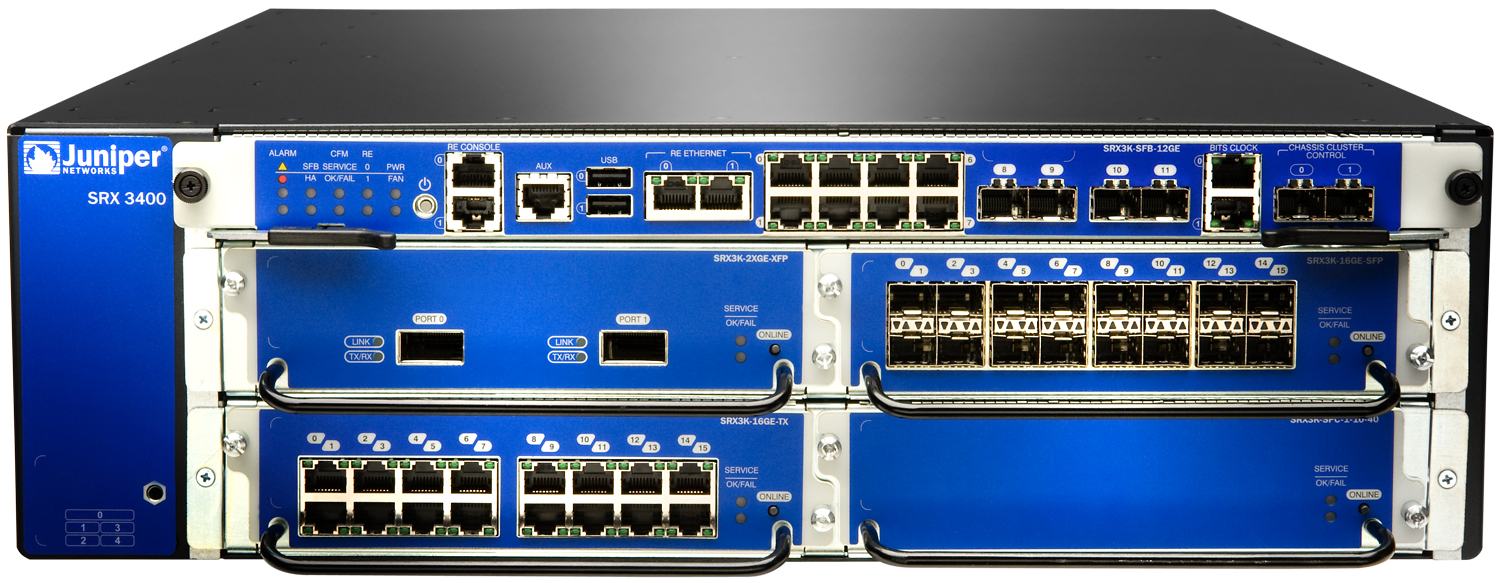I’ve been using the SRX series of Juniper for about 1 year now. I’ve always used the SSG series with pleasure and never had any doubts or issues with them, I often deploy dual wan solutions which need to be highly available or at least have some form of fail-over because my clients use VOIP or cloud services that rely on a stable internet connection.
In the old SSG series this was very straightforward – Set up Track-ip on the Interface and it will bring the interface down when several pings to IPs fail and reach your set threshold. In SRX series this gets a little more complicated. There are now 3 types of monitors, which all have extra subtypes;
- HTTP Probes
- ICMP(PING) Probes
- TCP/UDP port connection Probes
Now there are some things to really pay attention to, When you set up RPM you add onto your static routing table with the one in the RPM configuration. That means if you have a route based VPN enabled you will need to add this route to your RPM configuration instead of the static route configuration as the routes in RPM will take precedence.
Time to dissect the simple ICMP RPM config given to us by Juniper:
Here we set up the basics. We create a a probe named "Example" and set a blank test on it with the name "Test-Name". We tell the RPM that 3 probes should be sent, with an probe interval of 15 seconds. that means 3 probes are sent 15 seconds between each other. The final is the Test-Interval, which tells the RPM service to wait 10 seconds between the tests. Quite simply put it means that it sends 1 probe every 15 seconds, and after 3 probes are reached it waits 10 seconds and starts again.
set services rpm probe example test test-name probe-count 3<br></br>set services rpm probe example test test-name probe-interval 15<br></br>set services rpm probe example test test-name test-interval 10
Next we tell the RPM service how many failures are allowed within this test. Seeing we’re sending 3 probes I only want to change the route when all 3 pings have failed
set services rpm probe example test test-name thresholds successive-loss 3<br></br>set services rpm probe example test test-name thresholds total-loss 3<br></br>
After which we set the test-action to preform, in this case a simple ICMP ping to google DNS (Please note that in a production environment you should never ping a host that is not under your management). We are using external interace fe-0/0/0.0
set services rpm probe example test test-name target address 8.8.8.8<br></br>set services rpm probe example test test-name destination-interface fe-0/0/0.0<br></br>set services rpm probe example test test-name next-hop 8.8.8.8<br></br>
And to finish it up we set the RPM, and the route to be used if the probes fail.
